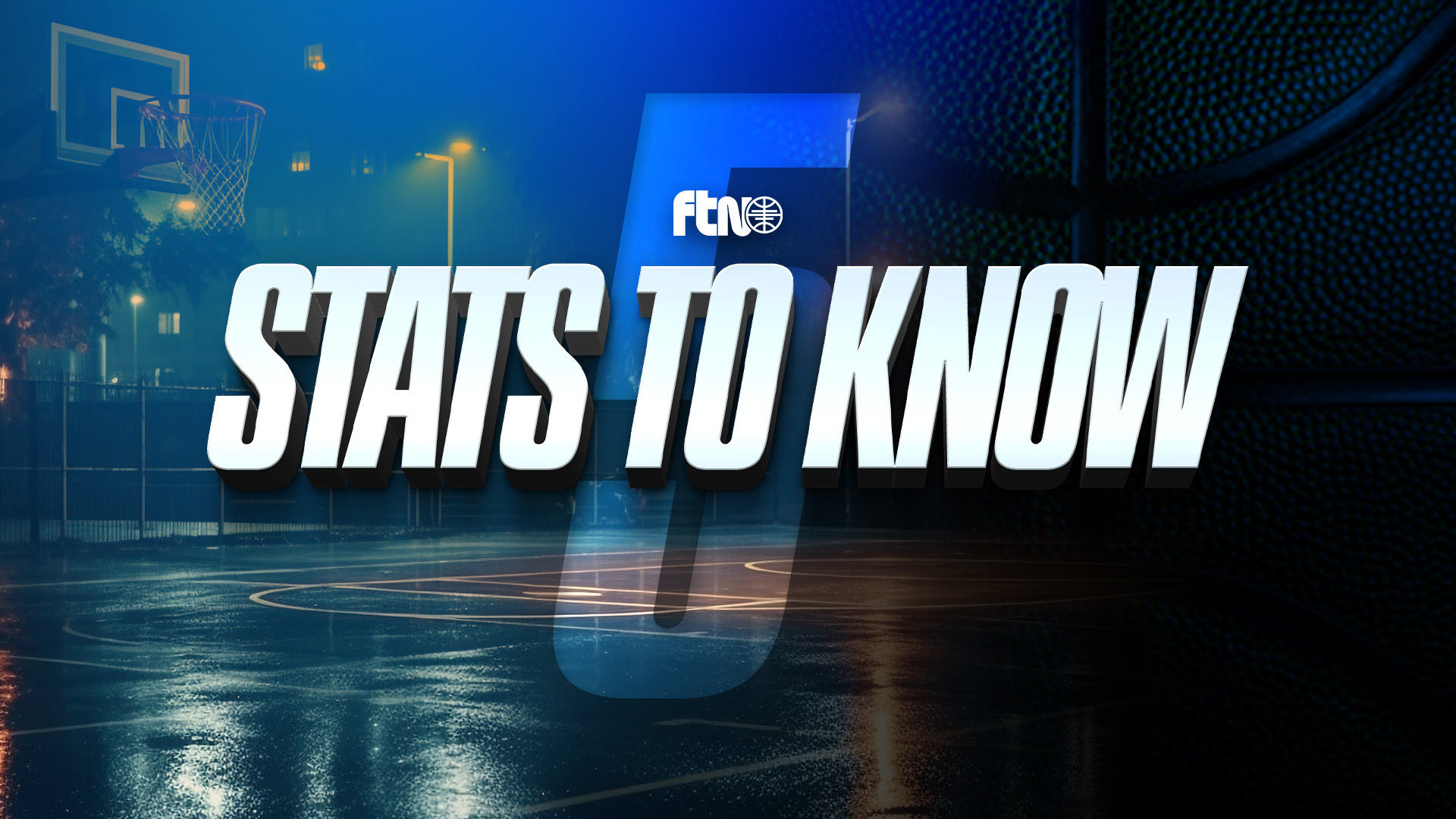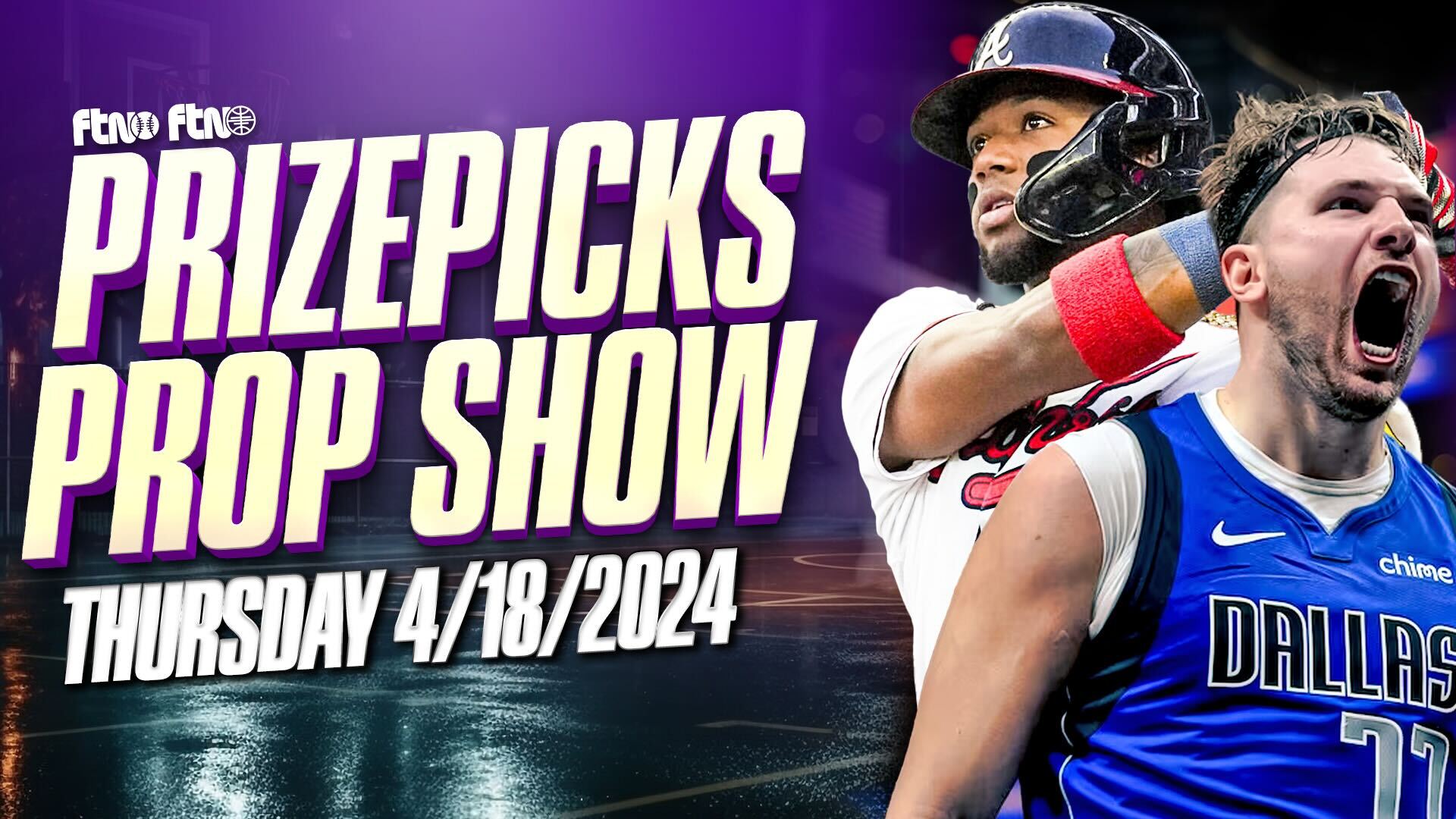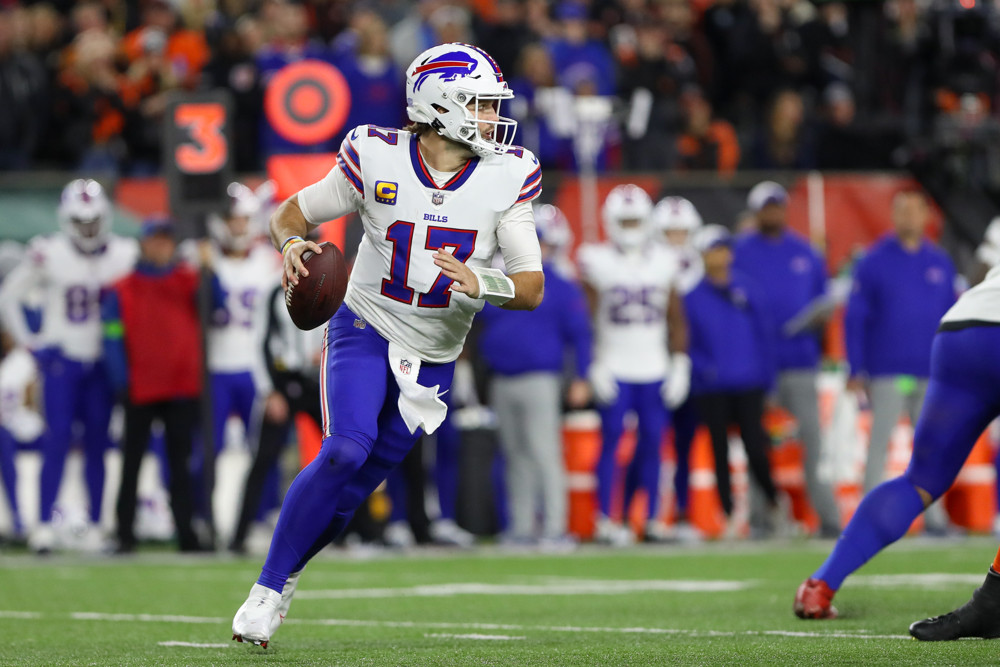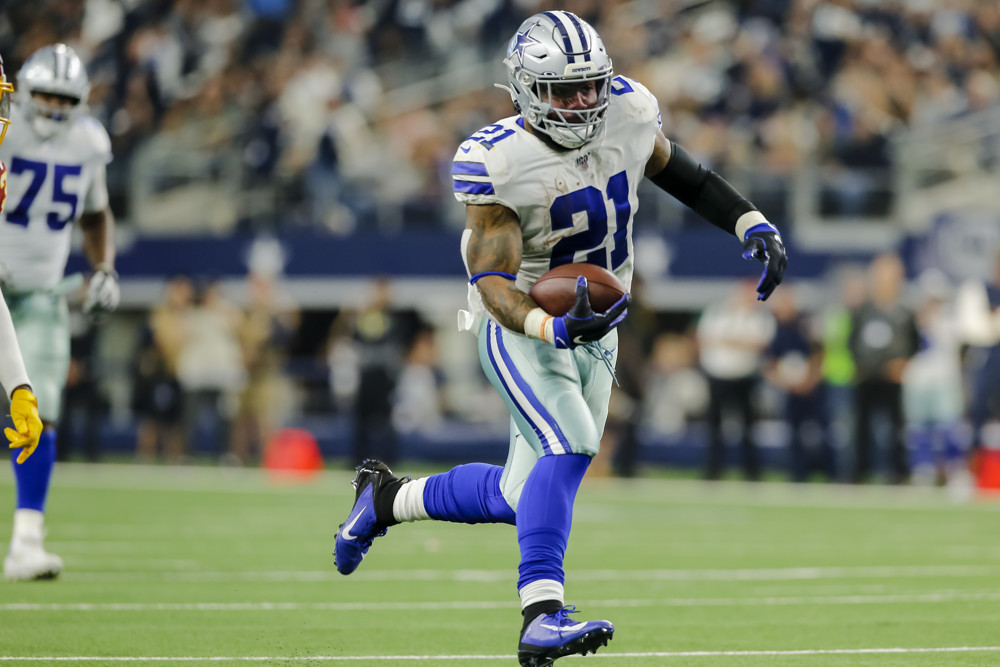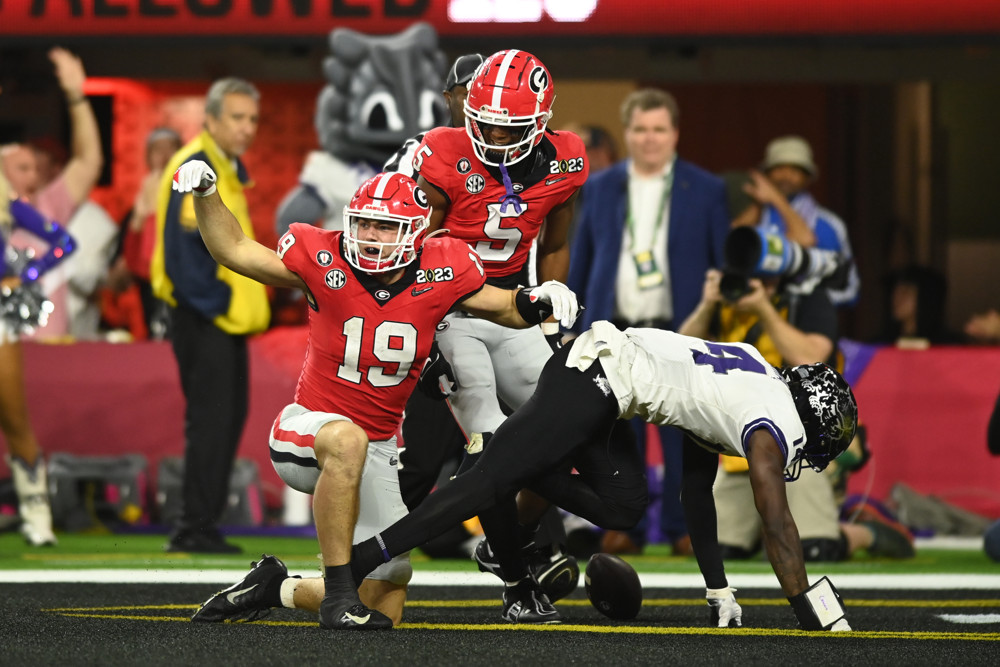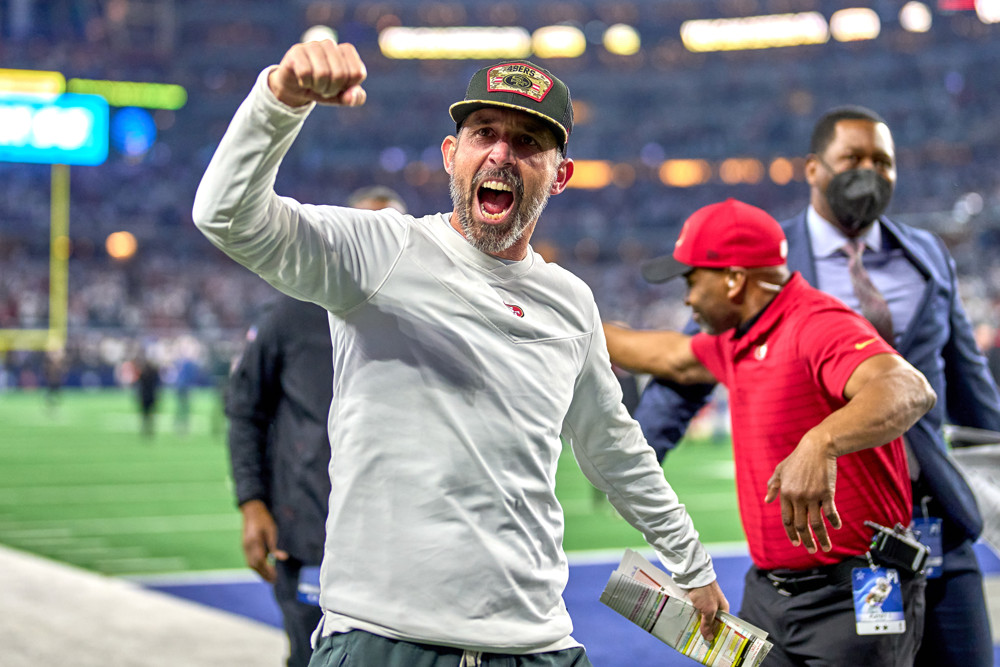
One of my favorite traditions is getting together with some buddies from high school and putting together a team for the FFPC Playoff Challenge. We’ve done it each of the last few years. I’m a data-driven person by nature but the last two years for this particular contest, I didn’t look into anything or do any research. We’ve won exactly $0.00 in the last two years. This year, I’ve decided to do things a little differently and I’ve enlisted the help of Chris Wecht, one of our data analysts and our Lead Charter for FTN Data, to figure out what it’s taken to cash in on this contest in the past.
The Edges are in the Rules
In order to be successful in any competition, you need to understand the rules and how those rules should affect your strategies.
With 14 teams qualifying for the playoffs and only 12 roster spots the first thing that should be apparent is that you need to fade two teams completely. Most people will fade the two teams that are least likely to advance. Whether that’s calculated by moneyline or by looking at some odds market, it’s pretty easy to pick those two teams. The only reason you might want to zig while others are zag-ing in that direction would be for game theory purposes.
The other teams that you’re technically “fading” are the teams you choose for your kicker and defense spots. You don’t actually want these teams advancing far because you don’t want them to be contributing points in the Super Bowl. You’re only going to have two possible spots in the Super Bowl and getting those points from the lower-scoring positions won’t help you climb the leaderboard.
The last thing that some casual people might overlook is that this is PPR, but there’s a premium for tight ends. Any tight ends in your lineup will earn 1.5 points per reception rather than the traditional 1 point. Now that we have that figured out, we’re going to take a look at how some trends from the Top 150 lineups from the last two seasons to figure out what type of roster construction has worked in the past.
Average Games by Position (Chris Wecht)
The first data point I looked at was the average games played by each position on winning rosters.
| Position | Average Games Played |
| Quarterback | 2.95 |
| Running Back | 1.87 |
| Wide Receiver | 1.72 |
| Tight End | 2.43 |
| Kicker | 1.41 |
| Defense | 1.39 |
The above table shows one thing for sure. Your QB playing the most games should be your top priority. In 2020, Tom Brady was on 98% of the top 150 teams and played in four games. In 2019, Lamar Jackson and Patrick Mahomes were each on around 50% of the winning teams. Lamar Jackson teams survived him only playing one game, but it required a massive 34-point fantasy score for them to do so. Mahomes played three games and went to the Super Bowl.
Tight end is the next position that has played the most games on average, but that is largely true because of how dominant Travis Kelce is and the Chiefs being in the last two Super Bowls. Kelce was on every team in the top 150 last season and on about half in 2019. Outside of Kelce, other tight ends on winning rosters included Mark Andrews, George Kittle and Dallas Goedert. All are elite fantasy scoring tight ends.
As expected, the kicker and defense position should be selected from teams you do not expect to make deep runs in the playoffs.
How to Allocate your Flex Positions (Chris Wecht)
We often talk about optimal roster construction in fantasy football based on the number of each position you should draft, whether it is season long, DFS, or best ball. You are forced to make similar choices in this format with your four FLEX positions. You are forced to choose two running backs, two wide receivers and one tight end, but after that you can fill your FLEX spots with players from any of those positions. Below are the percentage of times a top-150 team contained at least that many players from each of those positions.
| Running Back | Wide Receiver | Tight End | |
| At least 2 | 100% | 100% | 9% |
| At least 3 | 84% | 88% | 0.3% |
| At least 4 | 43% | 46% | 0% |
| At least 5 | 11% | 14% | 0% |
| At least 6 | 1% | 3% | N/A |
The important thing to note here is that when the NFL added two additional teams to the playoffs in 2020, FFPC added two more flex spots, so it was not possible to roster five or more running backs or wide receivers until this past season.
However, a few things are clearly true. First, there is no reason to roster more than the one required tight end. Tight end is generally a lower-scoring position in fantasy football anyway, and the winning roster data backs up the idea that you can get more out of running backs and wide receivers.
Second, you most likely want to roster at least three of both the running back and wide receiver positions. When only looking at the results from 2020, we see at least 4 RBs used on 66% of winning teams and at least 4 WRs used on 75% of teams. Since that is only one year’s worth of data, I wouldn’t feel like you must also do the same in 2021. There could be optimally constructed teams that use 5 RBs or 5 WRs as long as you are picking the right players.
How to Differentiate Your Roster (Chris Wecht)
You will without a doubt hear that you need to differentiate your lineup and can’t just play the best player from each team. While it is definitely true to craft a lineup that won’t cause you to tie with 100 other teams, you also don’t want to get cute in the wrong ways.
Almost all of the top-rostered players on the top 150 teams in 2020 were the top players at their position on their respective team. Stefon Diggs, Davante Adams, Alvin Kamara, Derrick Henry and Travis Kelce were all on over 74% of those winning teams. Meanwhile Kareem Hunt, Corey Davis, Nyheim Hines and Chase Claypool were all on under 9% of those winning teams.
The way to get different is to diversify at those positions that have a 1A and 1B player particularly at wide receiver. DK Metcalf was 70% owned and Tyler Lockett was 3% owned on winning teams in 2020. The Seahawks only played in one playoff game, but Metcalf had the much bigger single game.
There is no reason to use Odell Beckham, Marquez Valdes-Scantling and Gabriel Davis because there is no way they are the highest-scoring player from their team as long as Cooper Kupp, Davante Adams and Stefon Diggs are healthy. Instead, attack the Cincinnati Bengals that have a 1A and 1B wide receiver in Ja’Marr Chase and Tee Higgins, or the Dallas Cowboys with Amari Cooper and CeeDee Lamb.
You can also try to get different at running back by attacking ambiguous backfields like the Arizona Cardinals with James Conner and Chase Edmonds. We have seen both players perform at high fantasy levels, but people may be scared off due to the uncertainty of who will be the better player. We saw a similar situation with the 49ers in 2019, and Raheem Mostert ended up being a key player for their postseason run and was rostered on 88% of the top 150 teams in the FFPC tournament.







